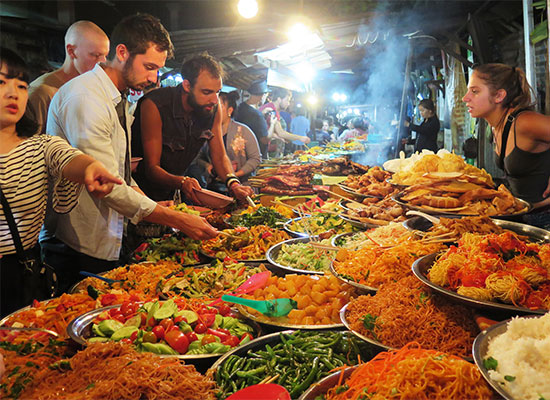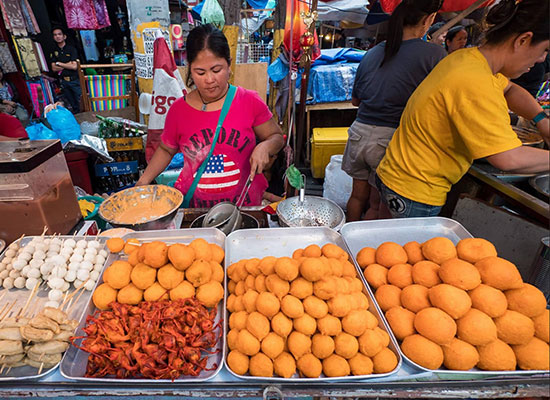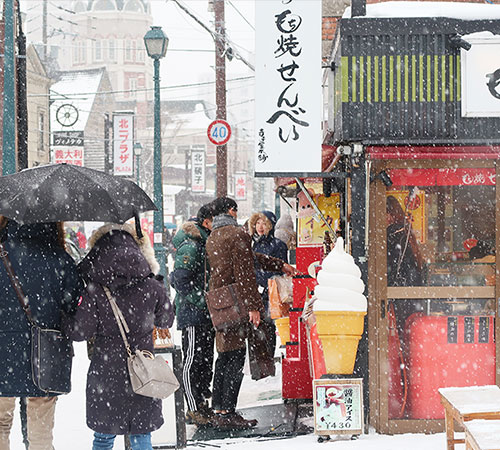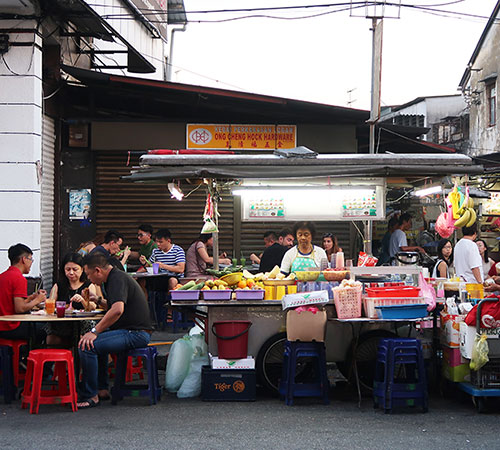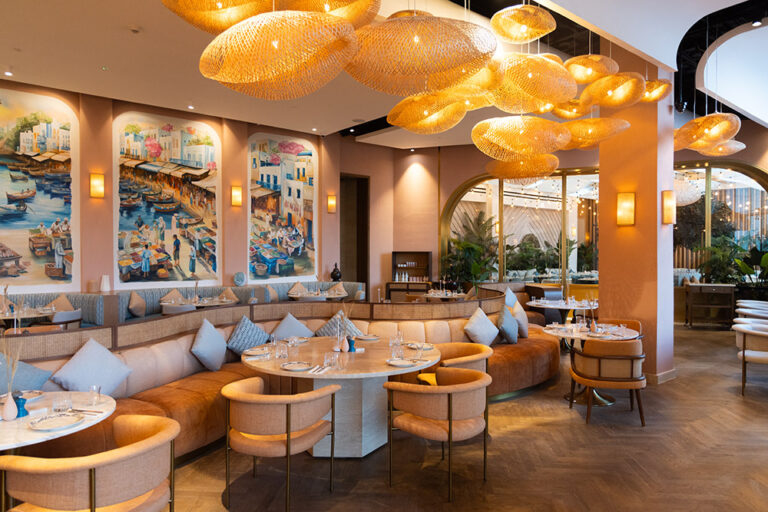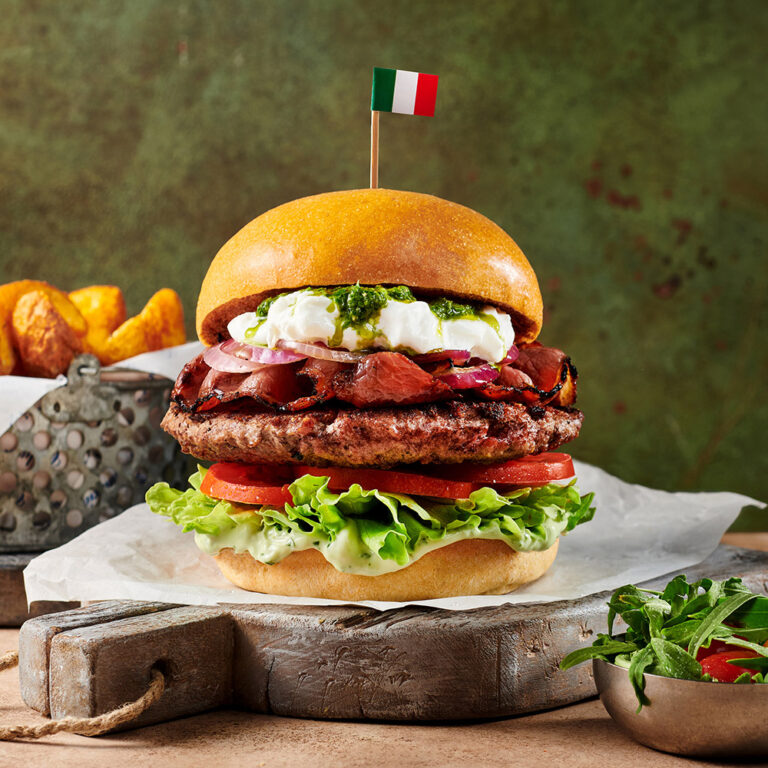
Asian Street Food…Taste of Affordable and Mouth-watering Delights
Charmaine Hernane
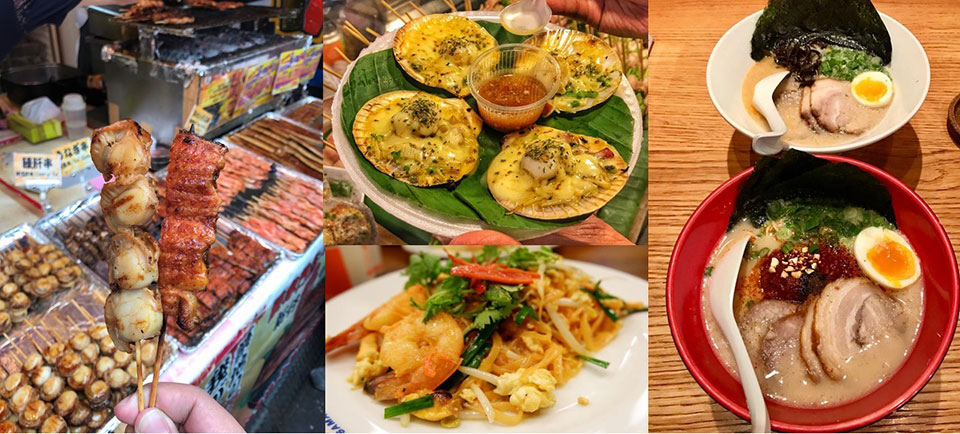
- Photo by: Lance-Flores
Asia is the biggest and most populous continent in the world having 48 countries and 3 other territories. Imagine how diverse and rich the Asian culture, history and tradition is.
I am personally fascinated with the huge selection of street food each Asian country offers to locals and to tourists. Before the pandemic, we freely enjoyed the travels and food trips we always wanted to experience. For now, as we wait for South East Asian countries to re-open and welcome tourists again, let me give you some of the “must-try” Asian street foods. If you love to travel and you are a foodie at the same time, Asian streets will not disappoint. You are always bound to mouth-watering affordable options on the streets.
Amok Trey / Fish Curry – (Cambodia)
This slightly sweet coconut-based fish curry is the most famous dish that Cambodia is known for. Amok is readily available from street vendors. It’s a must-try when visiting the country! This dish is not as spicy as its Thai cousin curries, it has many similar ingredients; galangal, garlic, kaffir lime, shallots, limes, coriander and turmeric (giving it that lovely yellow color). White freshwater fish, traditionally steamed and served in a palm or banana leaves with steamed rice.
Stinky Tofu – (China)
Stinky? You will definitely smell it from afar. Sold on night markets and roadside street stalls across China, fermented tofu offers a tasty treat and a nasal assault all at the same time. Most commonly sold as a snack. Stinky tofu can be enjoyed deep-fried, steamed, stewed or cold. It is usually accompanied by a spicy chili sauce. Apologize for this description but it smells like a mix of unwashed feet and rotting garbage, however, the stinker the tofu is, the more delicious it is. I’m still not convinced about that.
Jiaozi (Chinese dumplings) – (China)
Jiaozi is filled with vegetables and/or meat which are common street foods anywhere in China. They are shaped like ancient gold ingots, which were believed to bring you good luck. They are often shallow fried or deep fried or can also be steamed. Perfectly eaten with a dip of soy vinegar sauce for flavor. One bite releases a mouthful of hot, juicy broth that reaches every sense on the tongue, creating an explosive mixture of flavors. China has many types of dumplings like Xiao longbao (soup dumplings) and bao (steamed buns), which can also be with meat or vegetable filling or just plain bun). Most dumplings are bite size so you keep coming back for more.
Curry Fish Balls (Hong Kong)
Curry fish balls best represent Hong Kong’s Street food – they’re very flavorsome, can be easily consumed while leisurely walking HK’s streets, and are practically available around the city. Get a skewer of 5-6 balls for only around HK$5 – 7 ($0.64-$0.90). Locals have been enjoying this street snack for so many decades now. These golden balls of fish are deep-fried in hot oil and then boiled in a delicious and spicy curry sauce. Expect a mild kick once you pop a ball in your mouth.
Roti – (India)
Bread is almost everyone’s comfort food. This flatbread is most associated with India; however, it is also enjoyed in Indonesia, Nepal, Sri Lanka and Malaysia. also become very popular there. Roti is made from water, wheat flour and salt and is served alongside many local dishes. As many breakfast meals are savory in India, it even secures a spot alongside the first meal of the day. This bread is uniquely cooked on a flat or slightly concave iron griddle called a tawa achieving a special crisp texture, light and flaky. Best consumed when freshly cooked.
Satay – (Indonesia)
Another backpackers’ Southeast Asian Street food snack. Satay sauce is a combination of peanut and soy sauce (although other spice variations are used), served over the top of meat skewers. The meat skewers are usually soaked in water before grilling to avoid burning. This dish is believed to have originated in Java, Indonesia but is also commonly eaten in Malaysia, Brunei, Philippines, Singapore and Thailand. Easy grab classic street food, you’ll often see satay vendors over smoky charcoal grilling and selling skewers of satay all around Indonesia.
Takoyaki (Japan)
Takoyaki is fried balls filled with octopus, ginger, onions and tempura scraps. Once fried, usually served with mayonnaise, fish shavings and a very distinct Takoyaki sauce somehow similar in taste to Worcestershire sauce. The dish first became popular in Osaka where it was invented by street vendor Tomekichi Endo in 1935. He also founded the oldest Takoyaki store, named Aizuya. It is available from many different street vendors as well as at restaurants, and you can even pick up some Takoyaki from grocery and convenience stores. Takoyaki is an extremely popular festival food, and is featured heavily at summer festivals.
Laksa – (Malaysia)
Soup lovers out there, never miss this one! Laksa is a kind of spicy noodle soup made with rice vermicelli and chicken, fish or prawn. Laksa became so popular in Malaysia that there are 9 different types available in different places in the country. The dish is found in Malaysia, Singapore, Indonesia and southern Thailand.
Panipuri – (Nepal)
Commonly found on the Indian subcontinent, Panipuri is a round, hollow, deep-fried type of bread, stuffed with a mixture of potato, chili, tamarind chutney, flavored water, chaat masala, chickpeas or onion. Most popular is the use of tamarind water but lemons, coriander leaves and dates are sometimes used for flavoring as well.
Kwek-kwek – (Philippines)
Kwek-Kwek is a popular tempura like street food in the Philippines. It is made of boiled quail eggs, dipped in an orange batter and then deep-fried. Once crispy, it is usually served alongside a spicy vinegar dip or sweet and sour sauce. Available in almost every street in Manila and other parts of the country. A definite all-time local favorite that tourists will also enjoy.
Chili Crab – (Singapore)
An ultimate must-try dish is undoubtedly the chili crab in Singapore. Basically, Mud-crab is stir-fried, coated with sweet, savory, and spicy tomato-based sauce. This dish is often accompanied with steam or deep-fried buns (also known as mantous). Served in fancy restaurants and hawker centers alike where the price for this delicious meal varies hugely. Make sure you know the price beforehand so you don’t get a nasty shock once the bill arrives. The more fancy the area is, the more expensive it gets.
Tteokbokki – (South Korea)
This is one of the most popular street foods in South Korea and if you love spicy food, this one’s for you. This dish is made from garaetteok, which is a kind of cylindrical rice cake, stir-fried, seasoned with a spicy chili paste and sprinkled with sesame seeds. Fish cakes, scallions and boiled eggs are often added to the dish. Although this dish is routinely found on street stalls and snack bars, it is also possible to find it in restaurants across the country as well.
Pad-Thai (Thailand)
Backpackers’ favorite talk about Asian street food is Pad Thai. This classic noodle dish from Thailand is made from rice noodles, eggs, fish sauce, tamarind paste, garlic, palm sugar, Thai chili pepper and dried shrimps. Topped with crushed peanuts, chilis and vinegar, a bit more fish sauce won’t hurt.
Sticky Rice (Thailand and Laos)
In Laos, it is eaten by hand or on a skewer as a snack. Khao Jee is sticky rice on a skewer, like a kebab. The sticky rice is prepared with herbs, brushed with beaten egg to create a crust and is finally grilled (like almost everything in Laos!).
In Thailand and Laos, a must try too is the mango sticky rice. Take a portion of the rice and mango, and dunk in the coconut milk sauce. YUM words will come out of your mouth.
Pho (Vietnam)
Vietnam’s hot noodle soup is arguably the country’s most renowned street food dish and can be found in restaurants not only in Vietnam but all over the world! Made up of broth, rice noodles, herbs and meat, usually either beef or chicken. (Pho Bo is the beef version, and Pho Ga is the chicken variation). Pho is no doubt available anywhere in the country, however, there are regional distinct ingredients in the dish. In the north, they use a whole blanched green onion and garnishes usually only consist of coriander, chili sauce, garlic and quay. In the south of Vietnam, the broth uses a wider variety of herbs and is enjoyed with hoisin sauce, fresh chili and bean sprouts. No other place to go for an authentic Pho than Vietnam itself.
No doubt there are more foods from other Asian countries to mention that we must try too. Looking forward to more food trips as soon as tourism is freely open again. Let us keep the positive vibes with the aim of enjoying authentic foods…all around Asia.
By Author


Walking with success- Errol Isip

Language of love
no related post found

Beyond the Expected: John Migdalas on Today’s Luxury
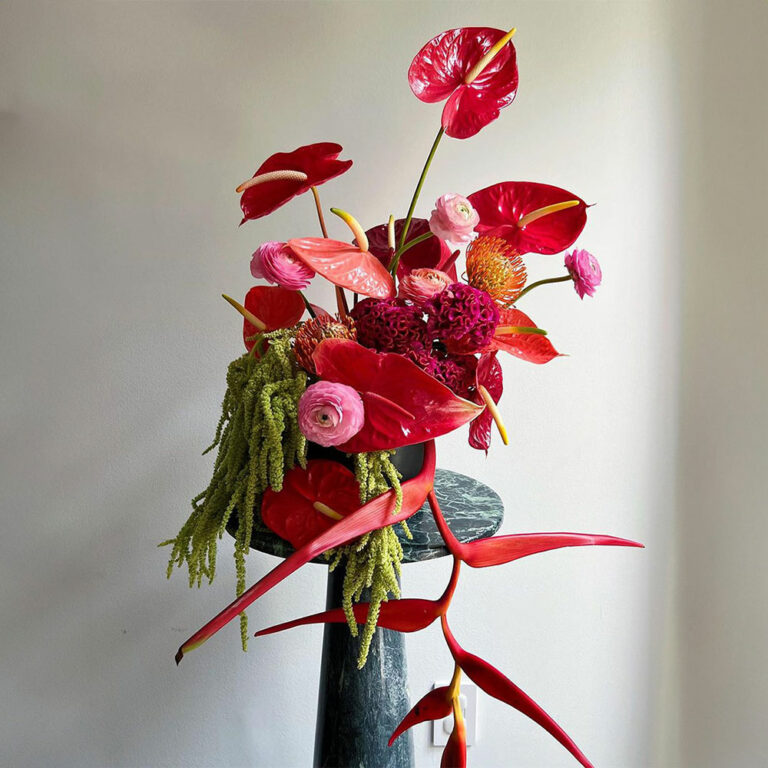
“Flowers are our favorite F word!”

Indulging in Love and Flavor at Playa: A Valentine’s Day Delight

Beyond the Expected: John Migdalas on Today’s Luxury
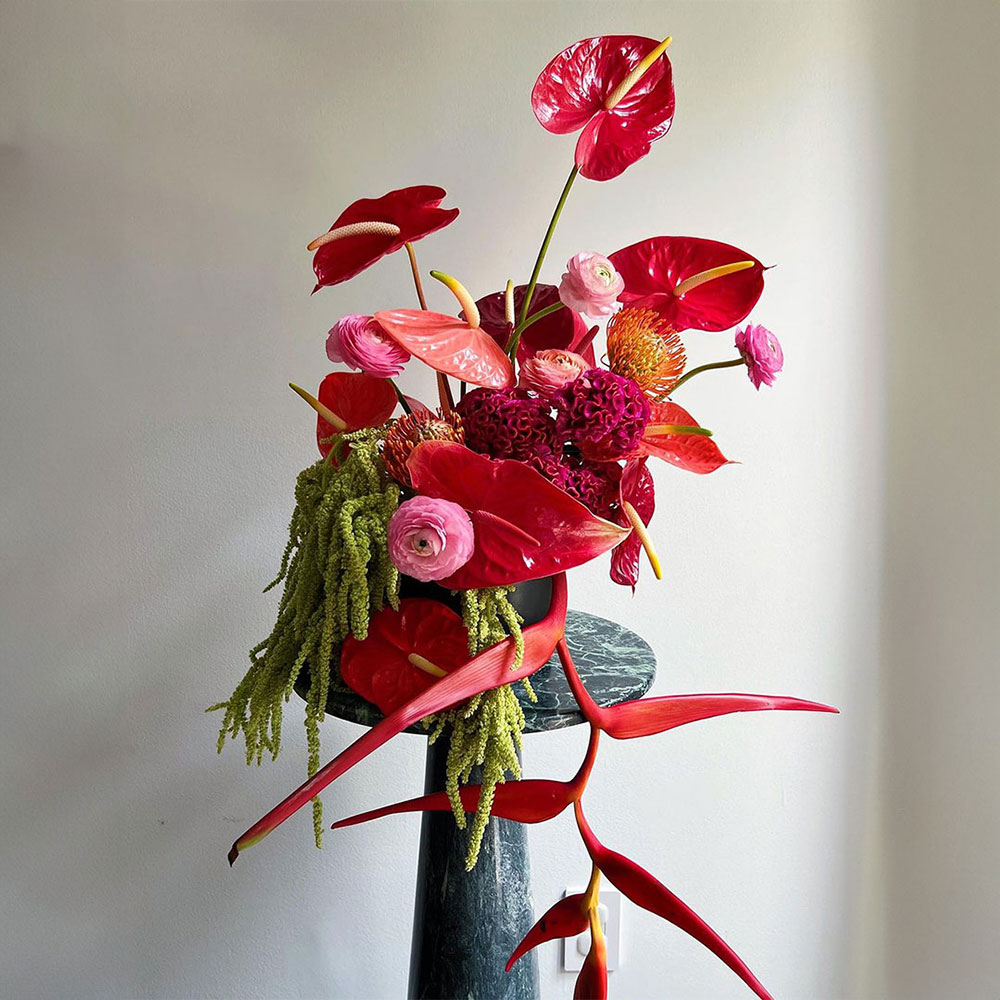
“Flowers are our favorite F word!”

Indulging in Love and Flavor at Playa: A Valentine’s Day Delight
related POSTS








